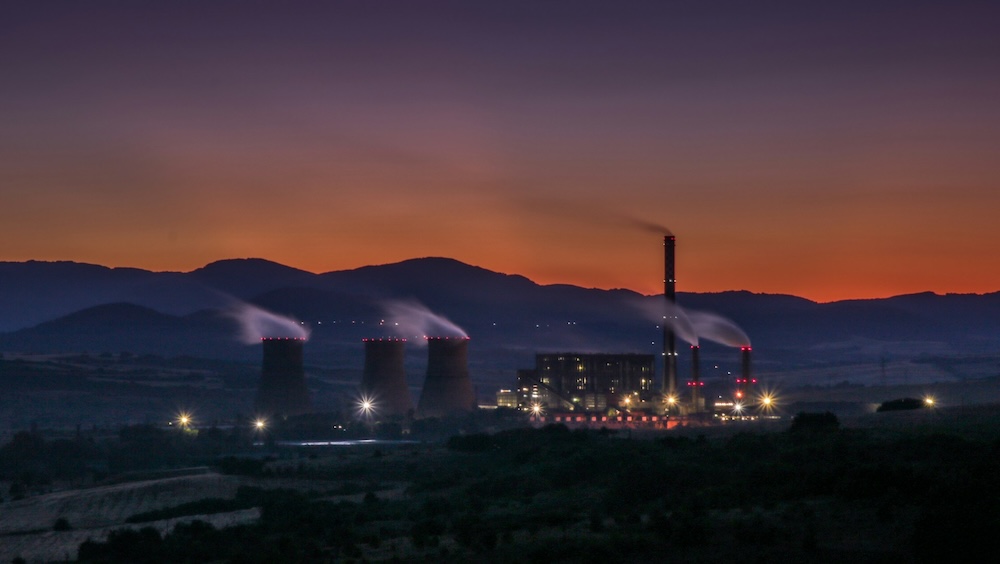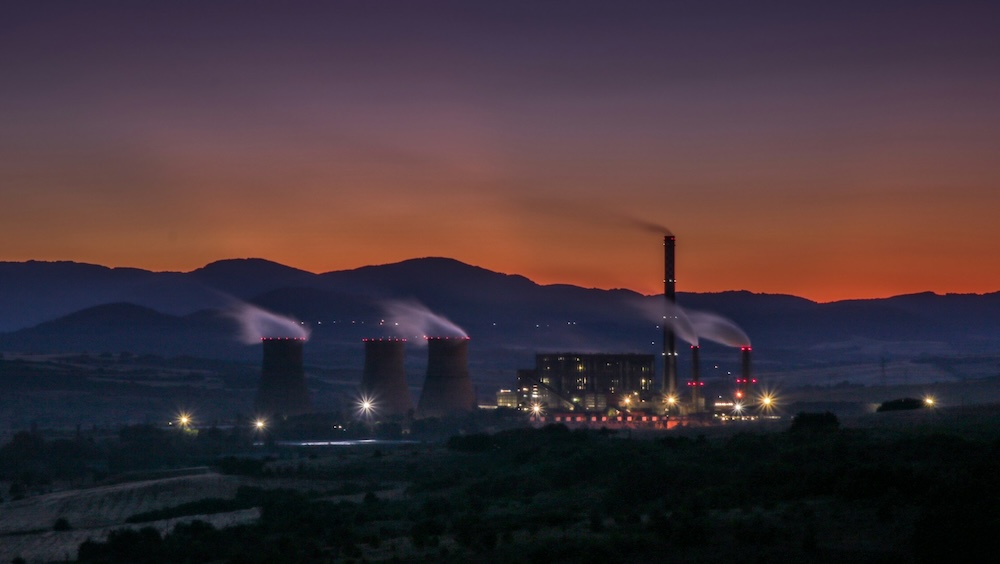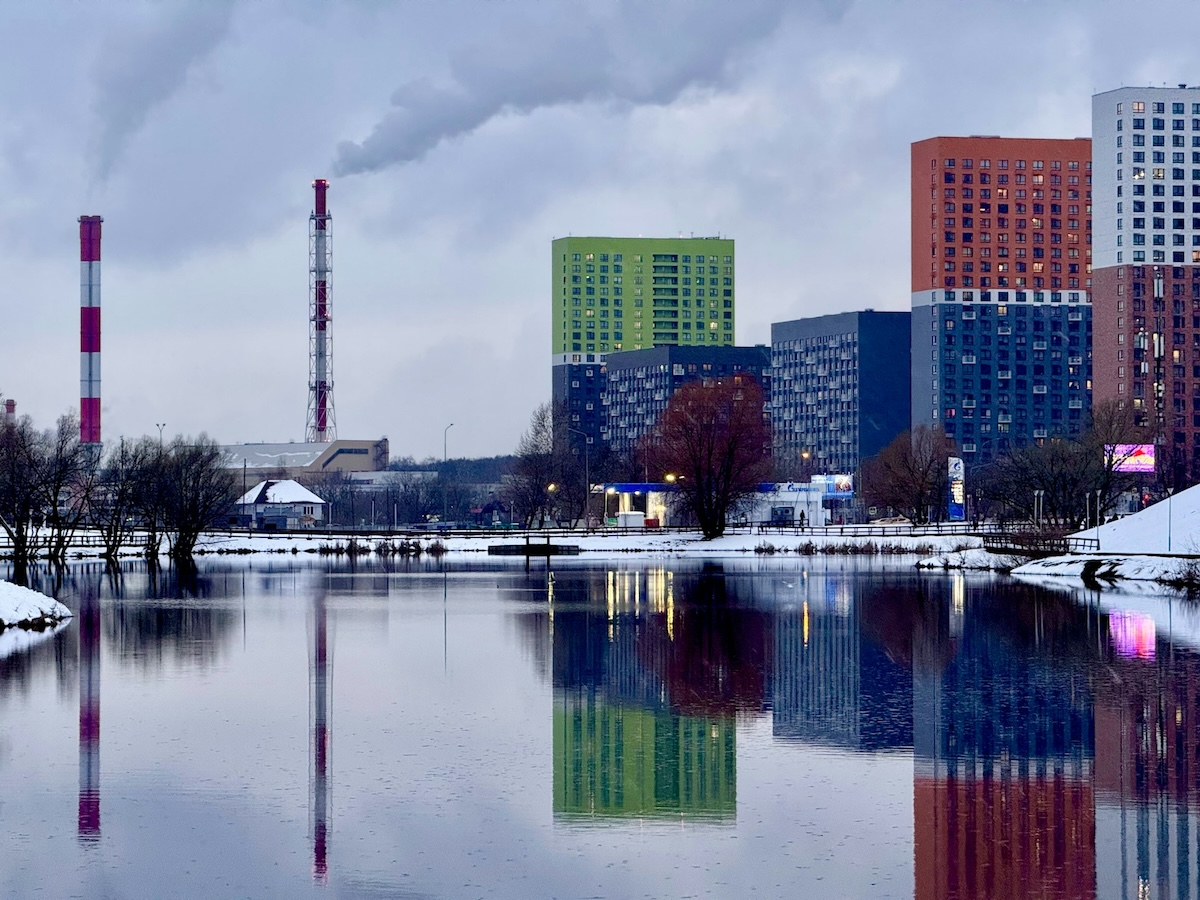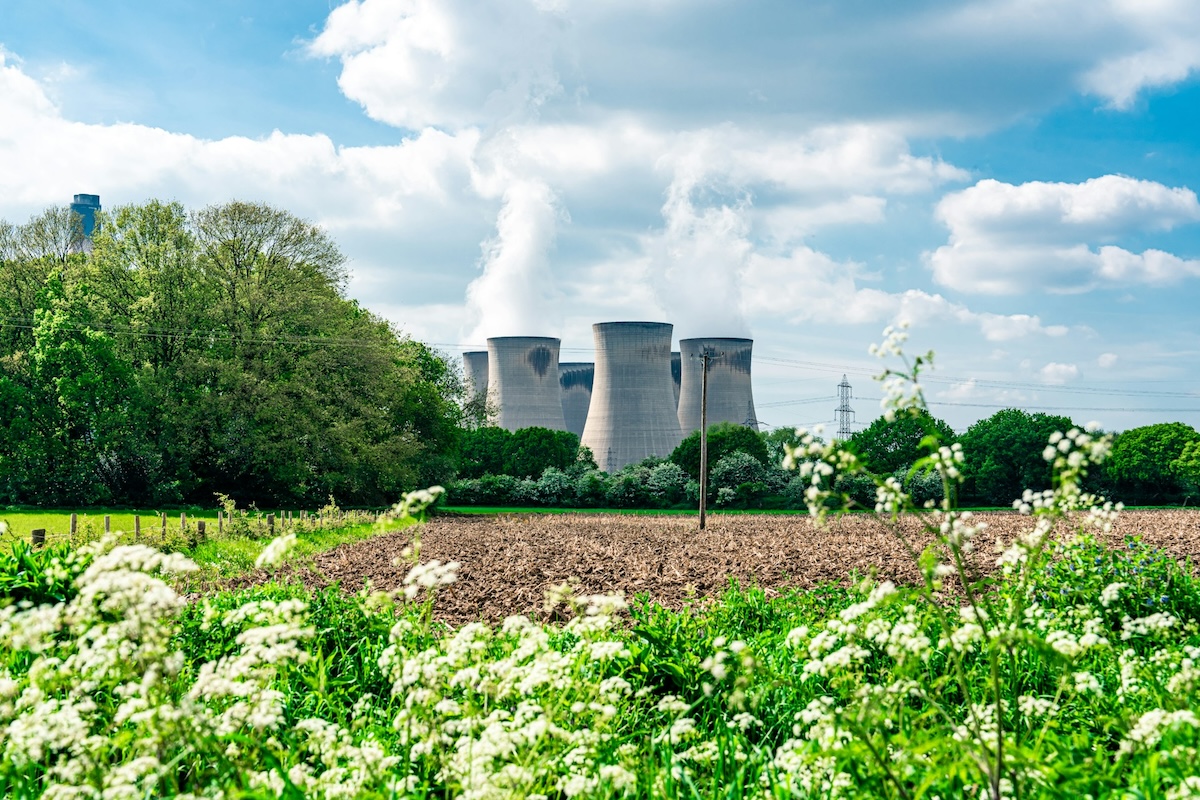
Rebalancing Europe’s energy future through nuclear power
As Europe advances toward its decarbonization goals, nuclear energy is witnessing a resurgence across the continent. Once marginalized by political concerns, long construction timelines, and the promise of cheaper renewables, nuclear power is now being reconsidered as a critical pillar of energy security, emissions reduction, and industrial resilience.
This shift is not merely rhetorical. Legislative frameworks, cross-border agreements, and investment priorities are aligning in support of a revitalized nuclear agenda.
Energy security in a volatile geopolitical landscape
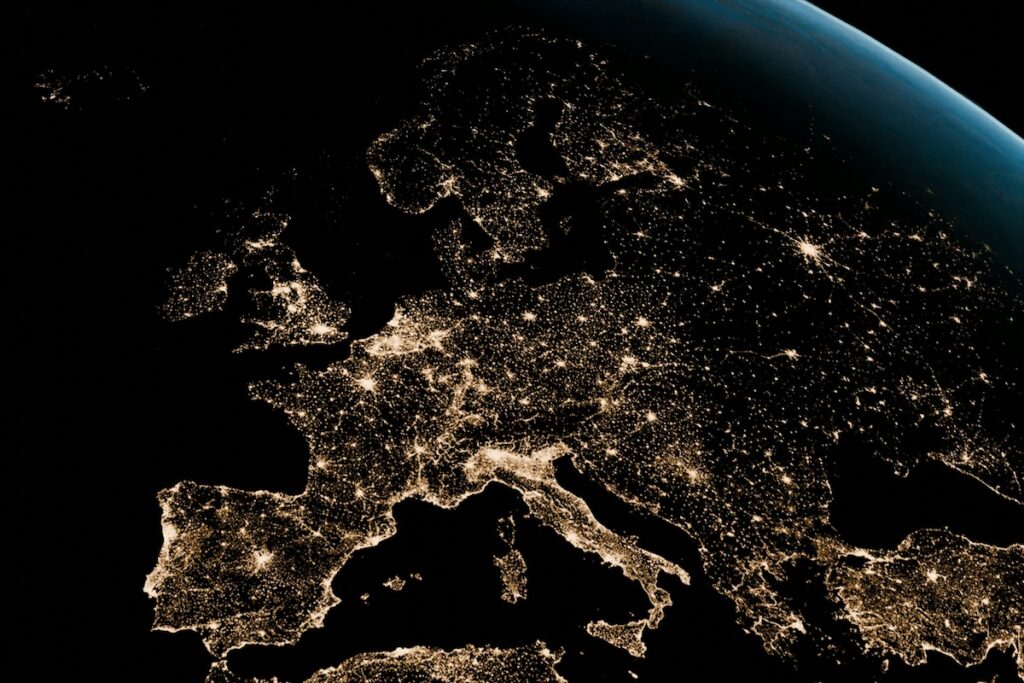
Russia’s invasion of Ukraine in 2022 acted as a seismic shock to Europe’s energy system, exposing the continent’s reliance on imported fossil fuels and highlighting the fragility of energy security in times of geopolitical unrest. The crisis prompted a comprehensive re-evaluation of energy strategies across EU member states, with a renewed emphasis on reducing external dependencies. As natural gas flows were disrupted and electricity prices surged, policymakers and energy experts began reassessing the role of nuclear power, not just as a decarbonization tool, but as a lever of sovereignty and resilience.
In this context, nuclear energy has moved from the periphery to the center of strategic discussions. The European Commission now formally recognizes nuclear power as essential to achieving both climate targets and energy independence. This shift is enshrined in the EU Taxonomy for Sustainable Activities, which classifies nuclear as a sustainable investment, paving the way for public and private funding in new and existing infrastructure. Notably, the longstanding policy divide between France and Germany has begun to narrow. France has long advocated for nuclear power as a clean, reliable, and strategic energy source, while Germany, after completing its nuclear phase-out in 2023, is now signalling a more pragmatic stance. The two countries have reached a diplomatic understanding, allowing for greater flexibility in national energy choices and setting the stage for collaborative investment and innovation across the EU.
A diverse and evolving nuclear landscape
The European Union today presents a highly diversified nuclear profile, with 12 out of 27 member states operating nuclear reactors that collectively account for around 25% of the bloc’s total electricity generation. These reactors range from traditional large-scale pressurised water reactors to cutting-edge designs. France remains the largest nuclear power producer in the EU, with over 50 reactors supplying more than 70% of its electricity. Other countries such as Finland, Slovakia, and Hungary are actively investing in reactor life extensions, capacity upgrades, and new builds, often with support from European or international financing mechanisms.
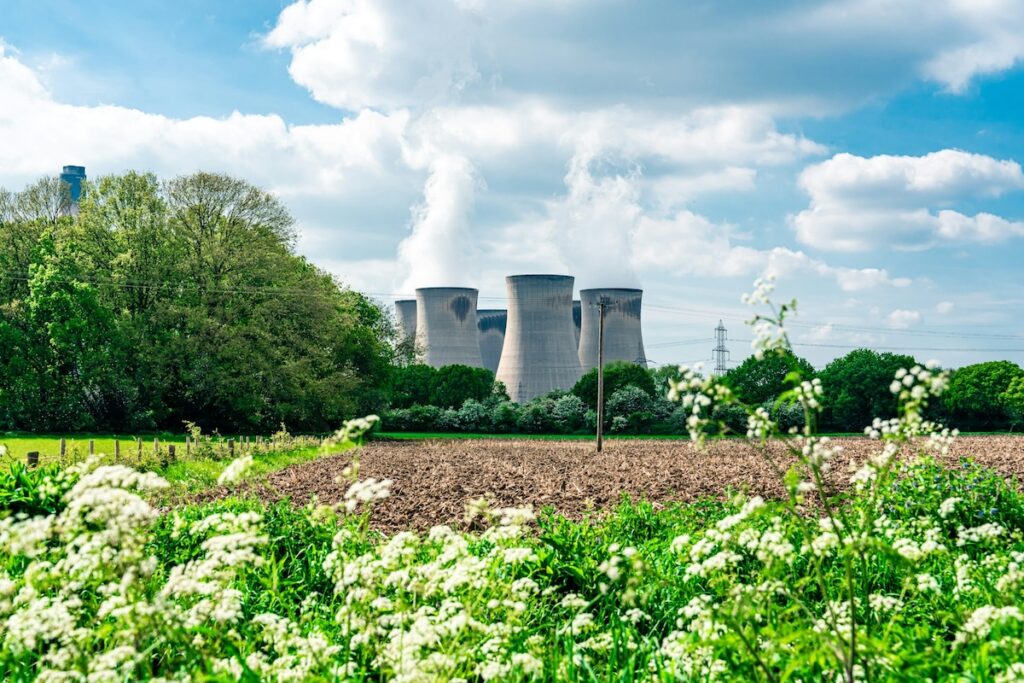
Emerging players are also beginning to reshape the landscape. Denmark, which banned nuclear power in 1985, is conducting feasibility studies on advanced reactor technologies, including SMRs, to supplement its wind-heavy grid and ensure year-round stability. In Eastern Europe, Poland is preparing to build its first nuclear plant, backed by U.S. and South Korean technology partners, as part of its strategy to transition away from coal. Spain, while officially maintaining its nuclear phase-out trajectory, has shown signs of reconsideration. Recent statements from government officials suggest that grid stability and decarbonization targets may warrant a reassessment of current timelines, especially in the wake of regional blackouts and the growing complexity of managing renewable-heavy systems.
As energy systems across Europe become more interconnected and electrified, nuclear power is being re-evaluated not just on technical merits, but as a cornerstone of long-term energy system resilience. The current momentum reflects both urgency and opportunity: a chance to modernize Europe’s nuclear fleet, diversify energy supply chains, and reinforce the continent’s commitment to net-zero targets while maintaining system stability.
Policy acceleration and cross-border cooperation
Legislative momentum is also increasing. The EU’s updated energy strategy includes streamlined permitting processes for new nuclear projects and encourages cross-border cooperation to strengthen supply chains and regulatory oversight. The European Nuclear Safety Regulators Group is actively harmonizing safety standards across member states, enabling faster deployment and greater public trust.
At the same time, platforms like Nucleareurope are fostering collaboration between governments, vendors, and utilities to share best practices and accelerate delivery. Pan-European R&D efforts are being supported through Horizon Europe, which funds research into advanced reactor design, waste reduction, and digital integration.
A complementary role to renewables
Nuclear is not positioned as a competitor to renewables but as a complement. The intermittency of solar and wind energy requires a stable, dispatchable base load—one that nuclear can uniquely provide without increasing emissions. As the share of renewables grows, the ability of nuclear to stabilize grids and provide inertia becomes more strategically important.
Moreover, advanced reactors offer the potential to decarbonize hard-to-electrify sectors. High-temperature reactors could supply clean process heat to industrial clusters, while SMRs could be co-located with data centers or hydrogen hubs.
Investment climate and market signals
The investment landscape for nuclear energy in Europe is undergoing a notable transformation. After a prolonged period of uncertainty and underinvestment, market signals are pointing to renewed interest from both institutional investors and energy companies. Several major utilities—particularly in France, Finland, and Central Europe—have unveiled plans for new builds, life extensions, and partnerships with international vendors to deploy advanced reactor technologies. Private capital, once hesitant due to regulatory complexity and reputational risk, is increasingly entering the market, particularly in the form of venture and growth equity investments into SMR developers and nuclear innovation startups focused on next-generation fuels, digital reactor management systems, and advanced manufacturing.
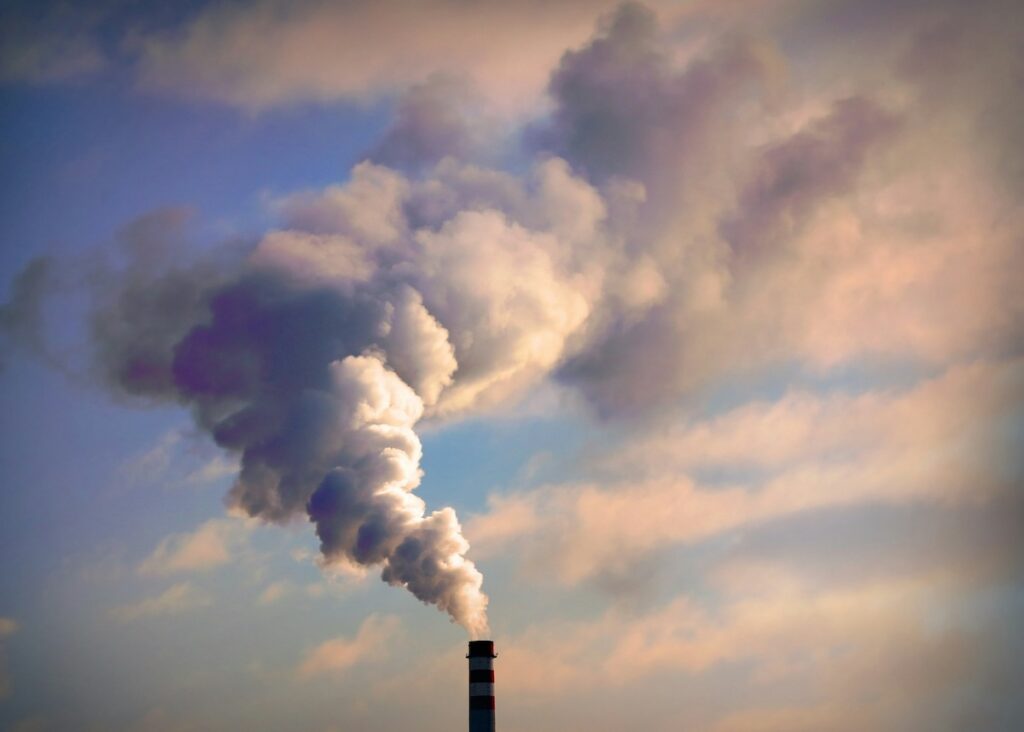
This resurgence is underpinned by EU-wide policy alignment that recognizes nuclear energy’s role in meeting net-zero goals. The inclusion of nuclear within the EU Taxonomy for Sustainable Activities has been a critical step, providing much-needed clarity for investors and unlocking access to green finance instruments. As a result, financial institutions and pension funds are beginning to reconsider nuclear as part of their ESG-compliant portfolios, especially for projects that meet stringent safety, environmental, and governance criteria. Additionally, the European Investment Bank and national promotional banks are showing greater flexibility in supporting nuclear-related infrastructure, particularly where alignment with energy transition goals is precise.
Despite this progress, financing nuclear power remains a structurally complex endeavour. The sector’s high capital intensity, long lead times, and significant regulatory overhead make it a challenging fit for liberalized electricity markets that prioritize short-term returns. In response, policymakers and developers are exploring innovative financial structures to close the viability gap. Regulated Asset Base models, already tested in the UK, are being examined by other member states to reduce risk premiums by providing predictable revenue streams during the construction phase. Contracts for Difference are also gaining momentum as a tool to provide long-term price certainty for low-carbon electricity. In parallel, government-backed loan guarantees and public-private co-investment vehicles are being introduced to ease access to debt and improve bankability.
These evolving financial mechanisms represent more than just risk mitigation—they are a recognition that meeting Europe’s decarbonisation and energy security targets will require long-term, patient capital. As confidence builds and frameworks mature, nuclear energy is steadily regaining its position as a viable, investable asset class in the European energy mix.
Europe’s nuclear revival is more than a temporary response to energy shocks—it is a structural recalibration of the continent’s long-term energy strategy. The path forward is not without obstacles: legacy perceptions, public opposition, and regulatory complexity persist. But the direction is clear. Nuclear energy is once again a strategic asset—essential to decarbonization, energy sovereignty, and industrial competitiveness in the 21st century.


